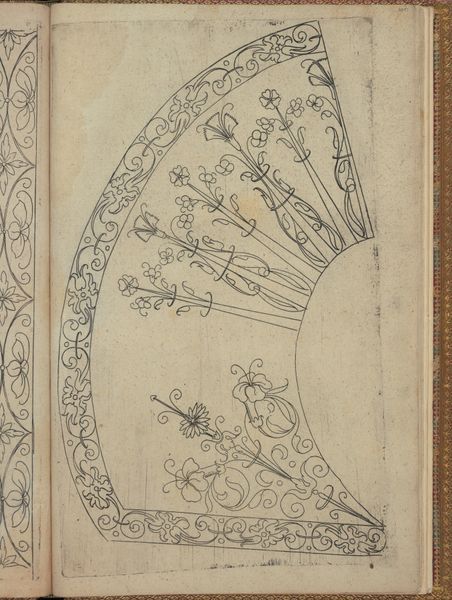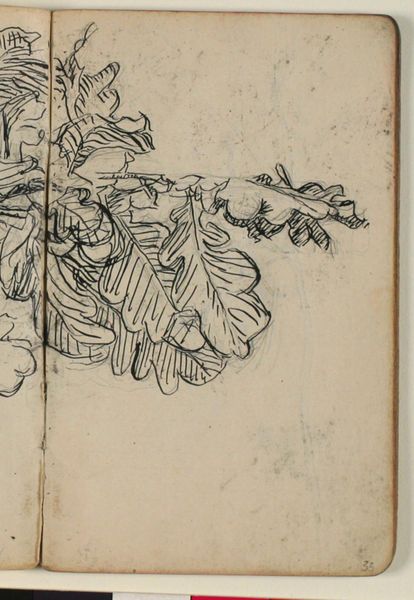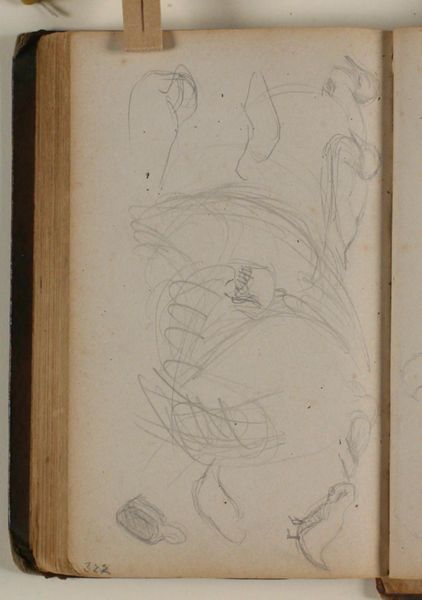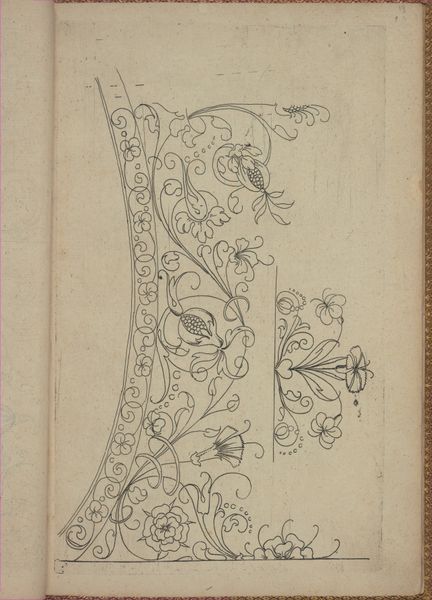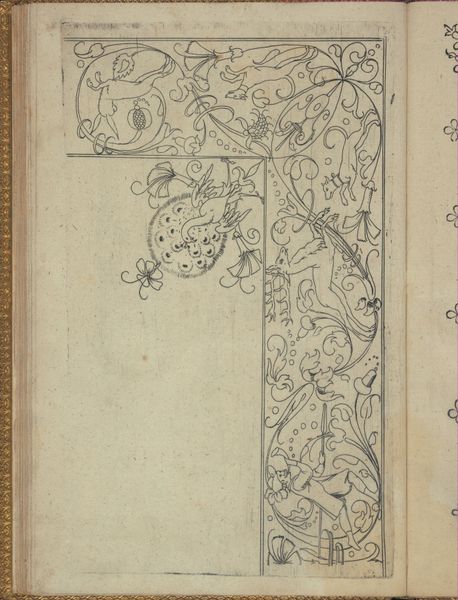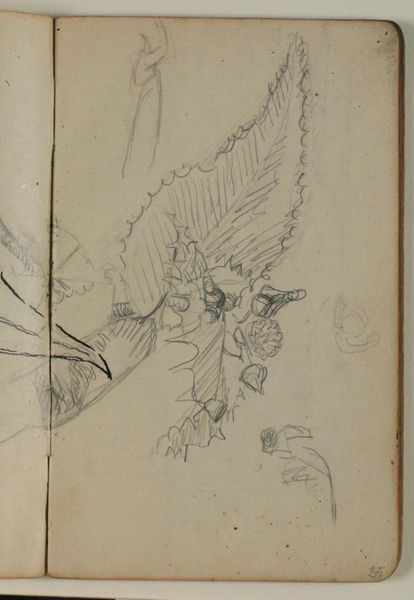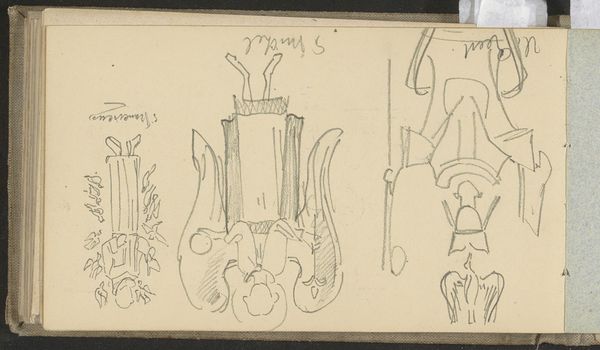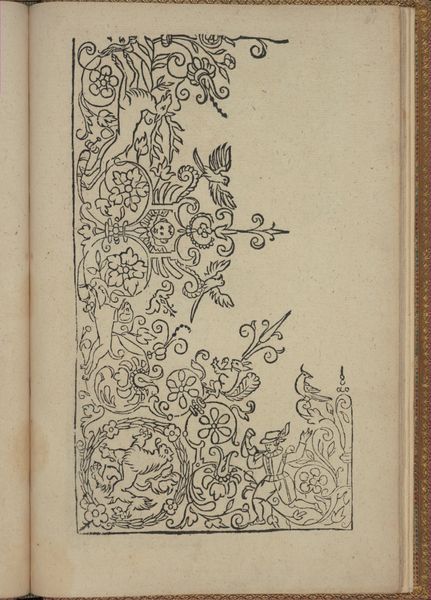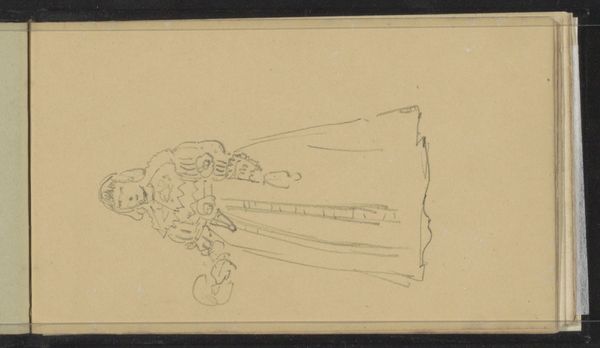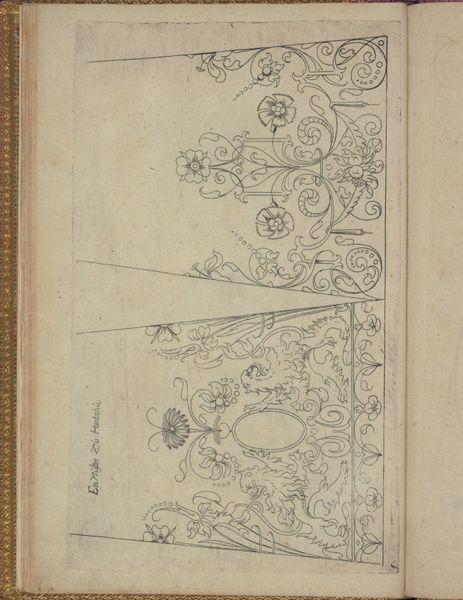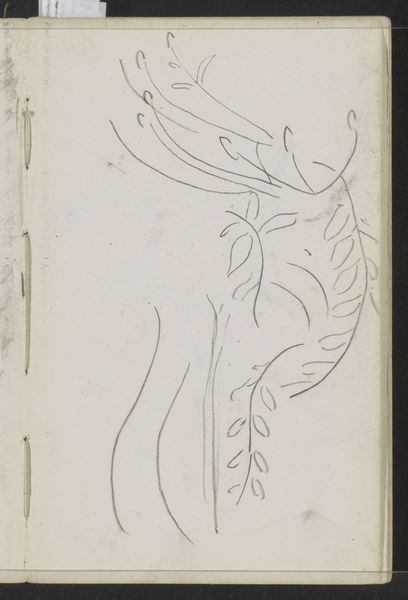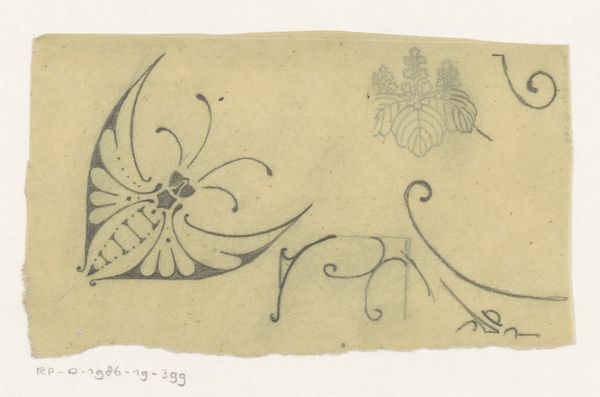
drawing, paper, pencil
#
drawing
#
toned paper
#
quirky sketch
#
arts-&-crafts-movement
#
sketch book
#
paper
#
form
#
personal sketchbook
#
ink drawing experimentation
#
coloured pencil
#
geometric
#
pencil
#
line
#
sketchbook drawing
#
watercolour illustration
#
storyboard and sketchbook work
#
sketchbook art
Copyright: Rijks Museum: Open Domain
Antoon Derkinderen sketched these crests, floral ornaments, and a decorated crown in pencil. Heraldry served a crucial social function in late 19th and early 20th-century Europe, particularly in nations like the Netherlands, where Derkinderen lived. It visually reinforced social hierarchies and traditions. Here, the motifs are rendered with a deliberate, almost academic precision, reflecting the period's interest in historical accuracy and national identity. Institutions like museums and art academies played a significant role in promoting such imagery, shaping public perceptions of history and social order. The use of floral elements alongside traditional heraldic symbols could be seen as either a softening of aristocratic imagery or an attempt to imbue it with a sense of natural, organic legitimacy. Understanding the social function of heraldry requires us to look at period documents, institutional records, and visual culture from the era to better appreciate the complex interplay between art, power, and identity.
Comments
No comments
Be the first to comment and join the conversation on the ultimate creative platform.
